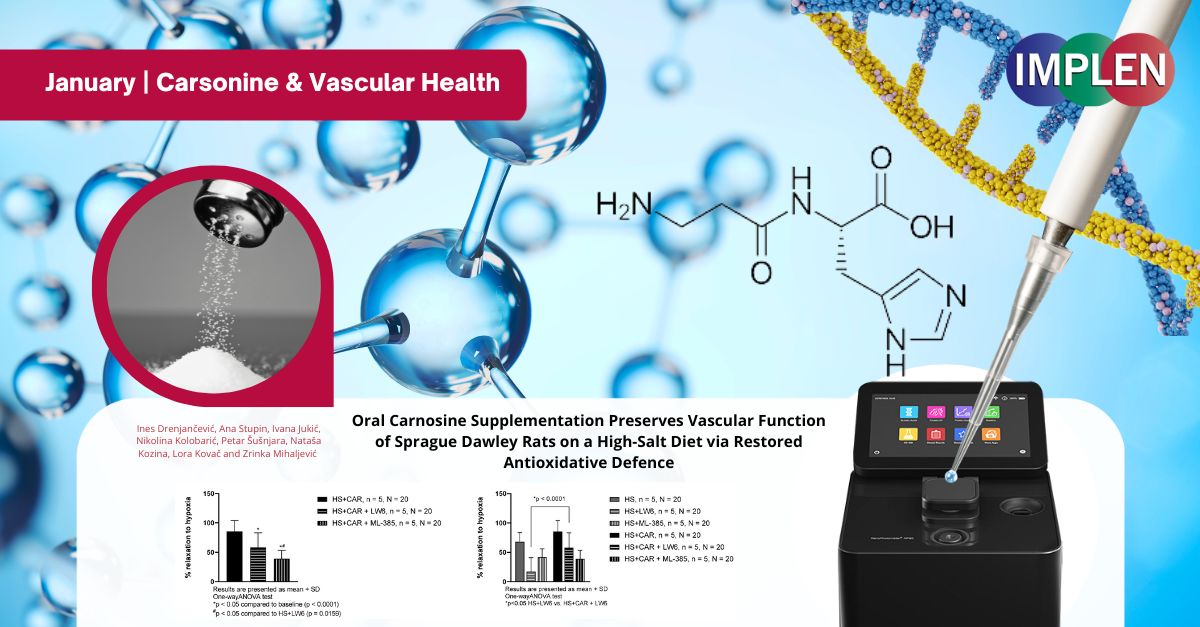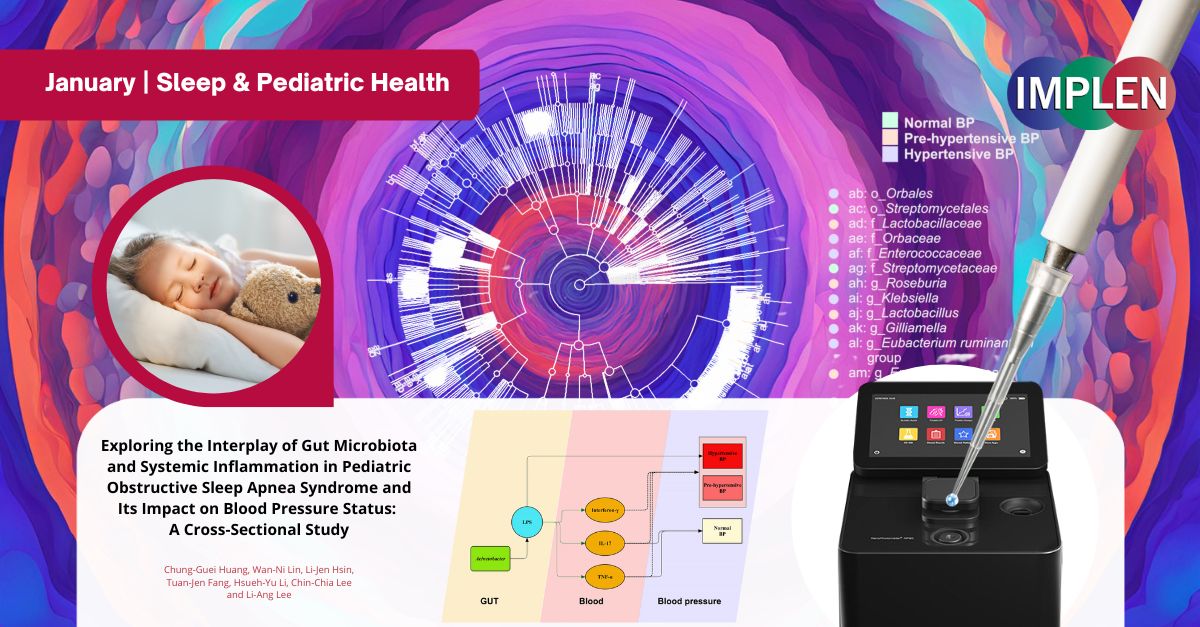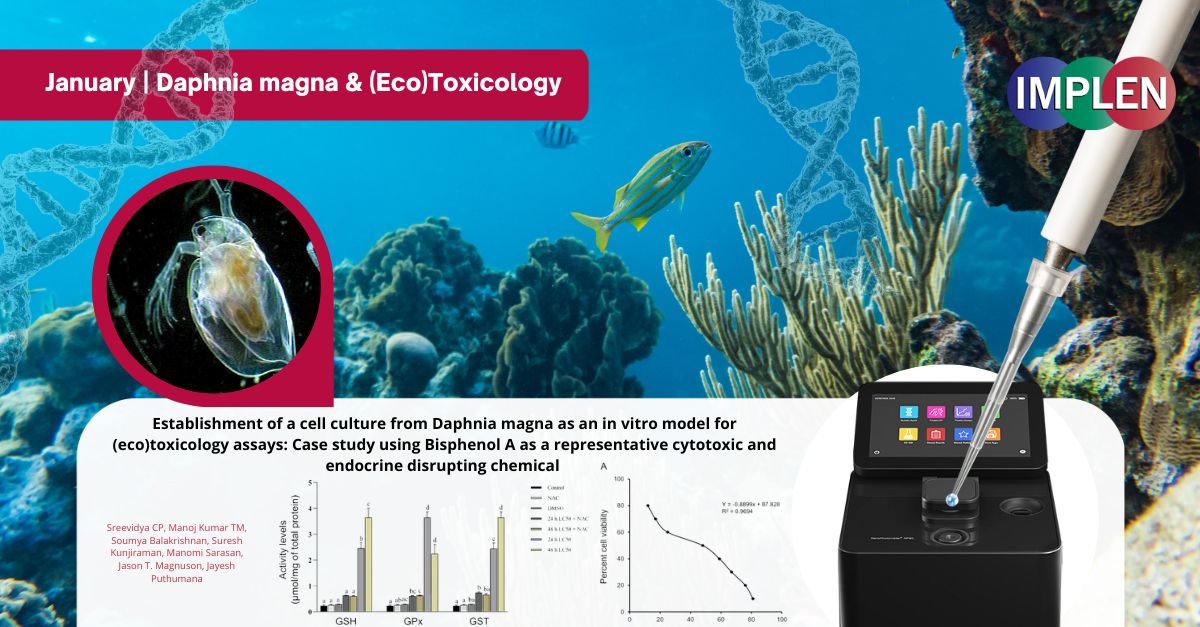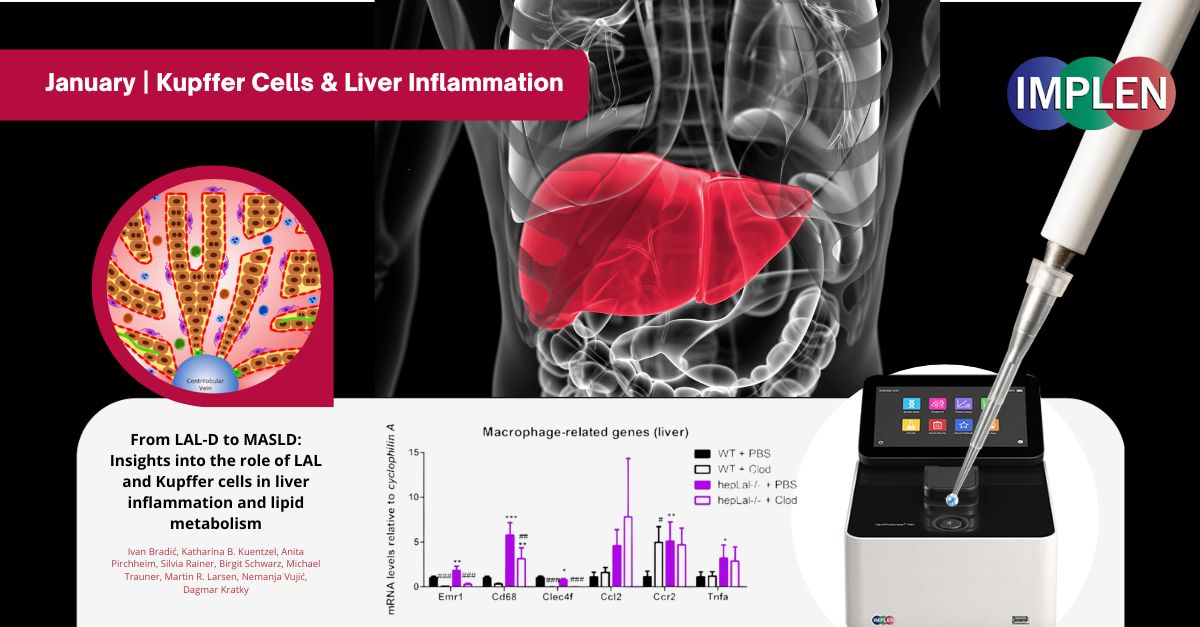Implen Journal Club | January Issue |
|
Carnosine and Salt Reduction: A New Year’s Path to Better Vascular HealthNew Year’s Edition explores how carnosine supplementation could assist with a New Year’s resolution to reduce salt intake by mitigating the vascular damage caused by high-salt diets and enhancing overall cardiovascular health. High salt consumption is a well-documented contributor to oxidative stress, impairing blood vessel function and elevating cardiovascular risks. A recent study by Drenjančević et. al. published in the journal of Nutrients investigated the protective effects of carnosine, a natural antioxidant, in rats on high-salt diets. The research divided rats into four groups: normal diet, high-salt diet, normal diet with carnosine, and high-salt diet with carnosine. The results demonstrated that carnosine improved blood vessel relaxation, reduced oxidative stress, and boosted antioxidant enzymes such as superoxide dismutase (SOD) and glutathione peroxidase (GPx). It also activated protective cellular pathways involving NRF2 and HIF-1α, which are vital for combating oxidative damage and maintaining vascular integrity. Carnosine supplementation further prevented harmful protein oxidation and preserved antioxidant capacity, showcasing its potential as a dietary aid to counterbalance the effects of salt consumption. As we embrace the New Year, this research provides an encouraging perspective on integrating carnosine into wellness strategies to help achieve goals for healthier, low-salt living. The Implen NanoPhotometer® was used in this work to determine the concentration and purity of RNA. |
|
Prioritizing Sleep: A New Year’s Resolution for Better HealthNext issue focuses on the transformative health benefits of prioritizing sleep as a New Year’s resolution, inspired by a recent research study recently published by Huang et. al. in the International Journal of Molecular Sciences linking improved sleep hygiene to better gut health, reduced inflammation, and lower cardiovascular risks, including those associated with obstructive sleep apnea syndrome (OSAS). This study highlighted how poor-quality sleep, particularly in children with OSAS, disrupts essential bodily functions, leading to gut microbiome imbalances and increased cardiovascular risk. Additionally, harmful bacteria such as Acinetobacter and Klebsiella were found to be more prevalent in children with elevated blood pressure, further promoting inflammation and poor vascular health. Adopting sleep hygiene practices—such as maintaining consistent sleep schedules, reducing screen time, and creating a restful environment—can mitigate these effects. Quality sleep fosters gut microbiota balance, reduces inflammation, and supports cardiovascular health. This research emphasized how poor sleep hygiene exacerbates health risks, while good sleep habits can protect against conditions like hypertension and systemic inflammation. Improving sleep hygiene could positively influence gut health, reduce inflammation, and protect against long-term health issues, reinforcing the critical connection between sleep quality and systemic well-being, making it a resolution to consider for the New Year. The Implen NanoPhotometer® was used in this research to assess the quality and quantity of DNA. |
|
New Year, Healthier You: How Daphnia magna Studies on BPA Inspire Cutting Microplastics for Better HealthKickstart the new year with a resolution to protect our planet and health—join us for this week’s Implen Nanophotometer Journal Club: New Year's edition, where we'll explore the impacts of microplastics. In a study just published this year by Sreevidya CP et. al. in the journal of Aquatic Toxicology, a new lab model was introduced using Daphnia magna cell cultures to explore the toxic effects of chemicals on aquatic ecosystems, focusing on Bisphenol A (BPA). BPA, commonly used in plastics, is widely present in the environment and known for its harmful impacts, including endocrine disruption and cellular damage. Tests with BPA revealed significant effects including oxidative stress, increased activity of detoxification-related enzymes, and DNA damage. Additionally, gene analysis indicated that BPA exposure triggered an overexpression of stress and detoxification genes, while suppressing antioxidant defense genes. This study highlights the value of Daphnia magna cell cultures as a more sustainable and ethical alternative to traditional whole-organism tests. These findings align with the growing adoption of New Approach Methods (NAMs), which reduce reliance on animal testing in ecotoxicology. By providing a deeper understanding of BPA's molecular effects, this model supports ongoing efforts to evaluate the impacts of environmental pollutants while promoting more humane scientific practices. This innovative approach marks a significant step forward in studying and mitigating chemical risks in aquatic environments. The Implen NanoPhotometer® NP80 was used in this research to determine the RNA concentration by measuring absorbance at 260/280 nm. |
|
Liver Health and Lipid Balance: Insights for a Healthier New YearAs we embrace the New Year, many of us are setting goals to eat healthier, lower fat and cholesterol intake, and enhance overall well-being. This week's Implen NanoPhotometer Journal Club: New Year's Edition highlights an intriguing study by Bradić et al. that helped elucidate the liver's complex role in fat processing, emphasizing the critical interplay of enzymes and specialized cells in managing cholesterol and preventing liver damage. This study focused on metabolic dysfunction-associated steatotic liver disease (MASLD), a condition often linked to obesity or diabetes, where excess fat accumulates in the liver. This research explored the role of lysosomal acid lipase (LAL), an enzyme essential for breaking down fats in the liver. When LAL function is impaired, fat accumulation triggers inflammation and other complications. In experiments with mice fed a high-fat, high-cholesterol diet, the team observed significant fat buildup, inflammation, and scarring (fibrosis) in the liver. Removing Kupffer cells—liver-resident macrophages responsible for clearing debris—exacerbated these issues, intensifying fat accumulation and cholesterol imbalances. Interestingly, while removing Kupffer cells reduced some inflammation markers, it did not prevent liver damage, highlighting their dual role: aiding cleanup but potentially contributing to damage under certain conditions. This study underscores the delicate balance between enzymes and liver cells in maintaining liver health and points to promising avenues for developing treatments for conditions like MASLD. The Implen NanoPhotometer® N60 was used in this research to measure peptide concentrations. |
©2025 Implen. All rights reserved.



